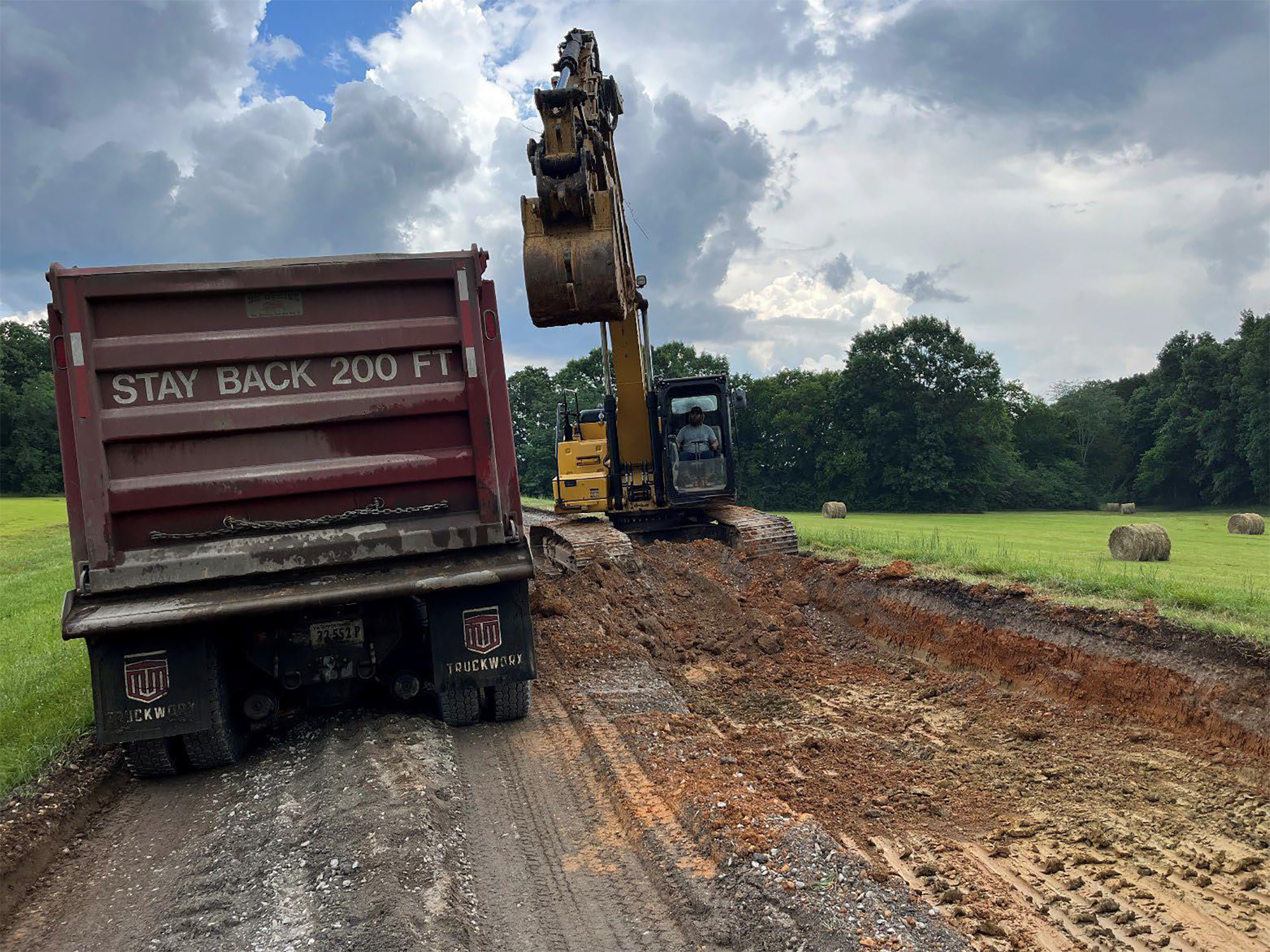Natchez Trace Parkway
The Natchez Trace Parkway is a 444-mile recreational road and scenic drive through three states. It roughly follows the "Old Natchez Trace," a historic travel corridor used by American Indians, "Kaintucks," European settlers, slave traders, soldiers, and future presidents. Today, people can enjoy a scenic drive as well as hiking, biking, horseback riding, and camping along the Parkway.
Map showing location of park.

Prescribed fire season begins on Natchez Trace Parkway
The National Park Service will conduct prescribed burns along the Natchez Trace Parkway beginning November 17. Fire season along the parkway will run until May 2026.

Natchez Trace Parkway to close in Choctaw and Webster counties (Milepost 181 – 204)
On Monday, June 9 at 2 p.m., the National Park Service will close Natchez Trace Parkway from Mississippi Highway 413 (MP 181) to U.S. Highway 82 (MP 204) in Choctaw and Webster counties in Mississippi. The last night to camp at Jeff Busby campground is Sunday, June 8.
Photo by NPS Photo
Photo by NPS Photo
Photo by NPS Photo
Photo by NPS Photo